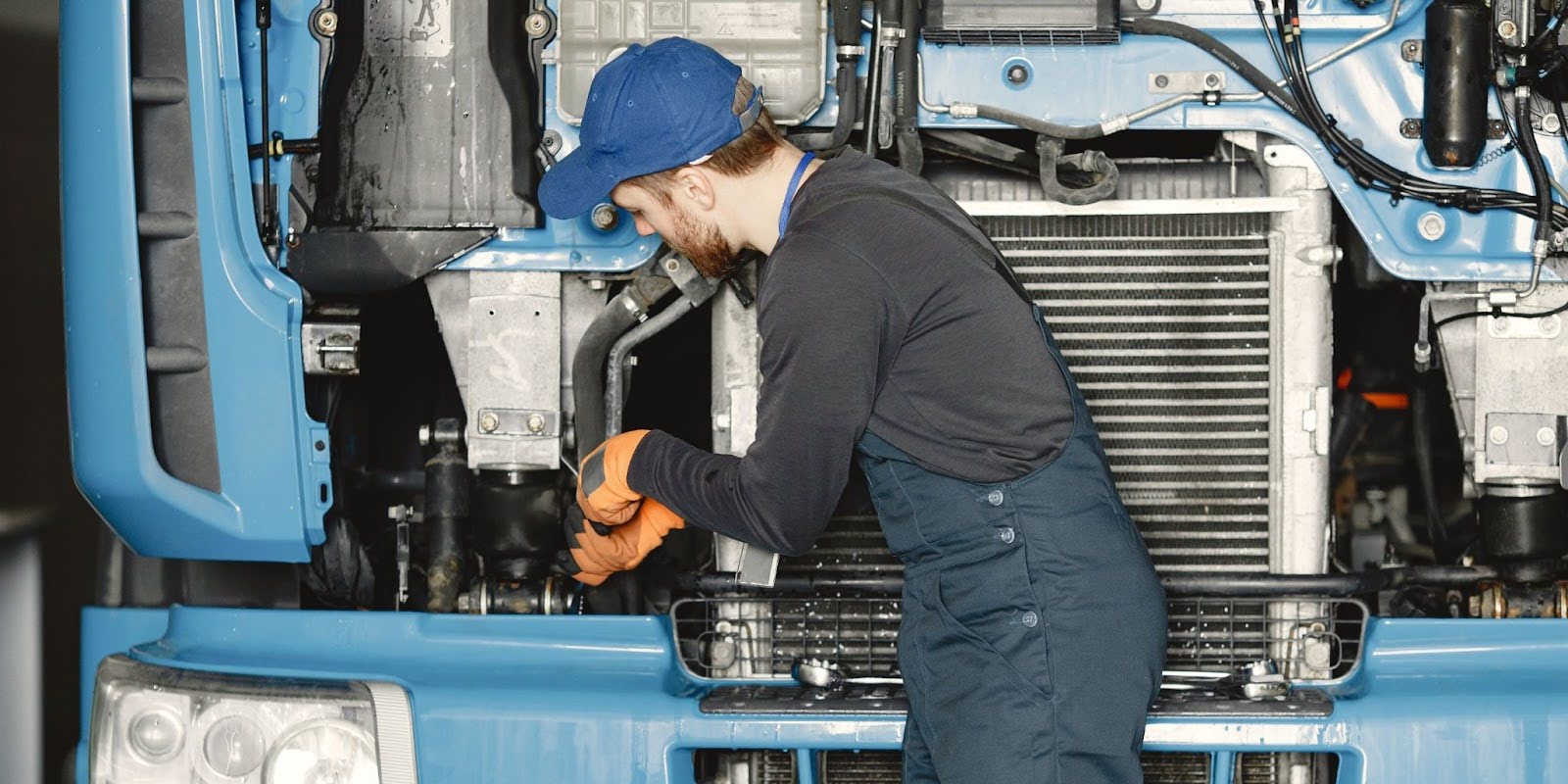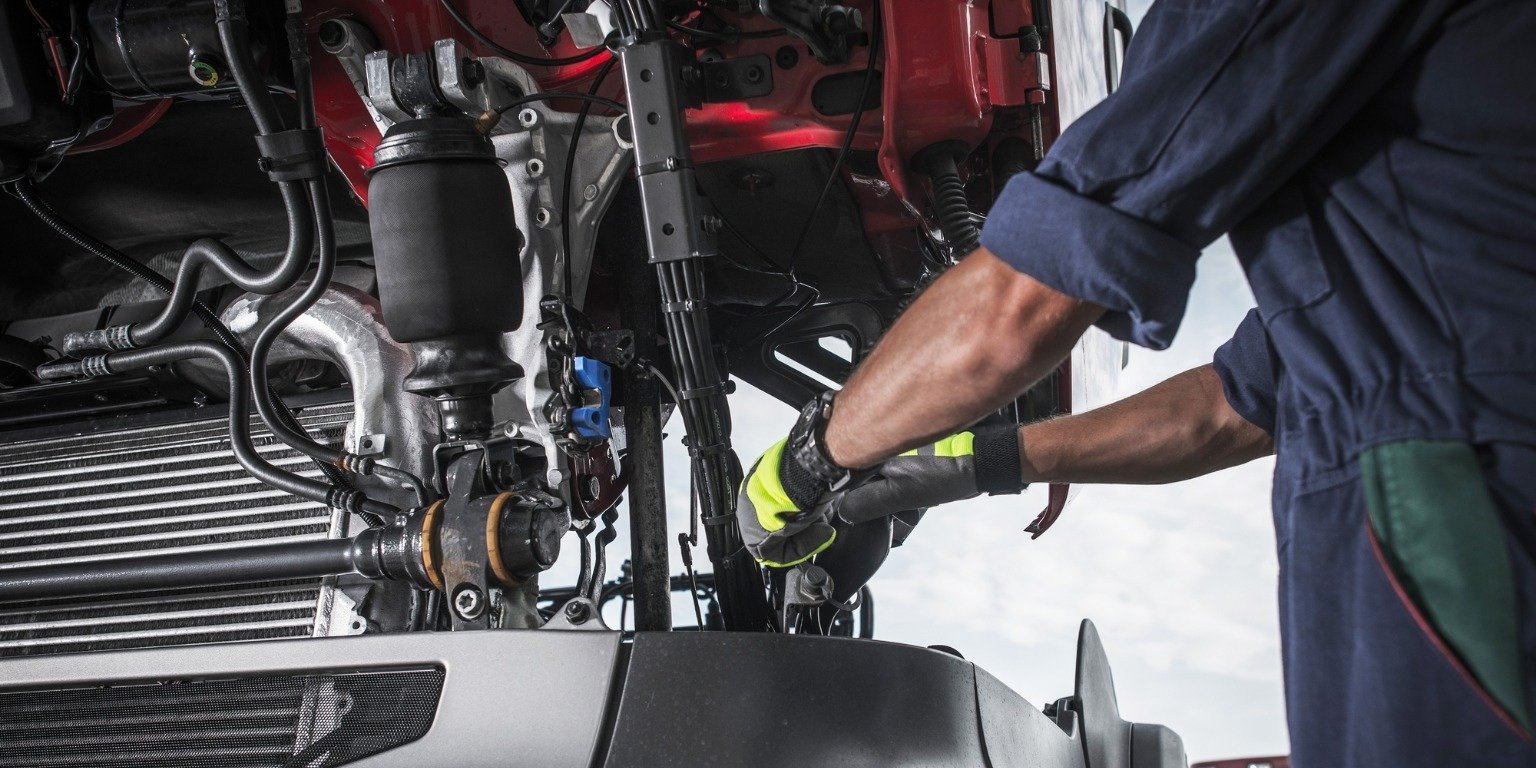
Creating a Career Path for Technicians in Heavy-Duty Repair Shops
The heavy-duty repair industry is at a crossroads. Skilled technicians are harder to find than ever, turnover is expensive, and younger generations expect more than just a paycheck. For independent and mid-sized truck, fleet, trailer, and equipment shops, the question isn’t if you should focus on technician retention - it’s how.
One of the most effective strategies? Building a clear career path that shows technicians a future in your shop.
Why Retention Is the New Recruitment
The numbers paint a stark picture:
- The U.S. trucking sector is short over 100,000 diesel technicians.
- Nearly 42% of new technicians leave the industry within two years.
- Replacing one skilled tech costs 90 - 200% of their annual salary when you add up recruiting, training, and lost productivity.
Shops can’t afford to run as revolving doors. Long-term, engaged technicians aren’t just good for morale - they directly drive throughput, quality, and profitability.
The Case for Career Pathing
Despite the urgency, only 1 in 10 shops has a formal career path program. That’s a missed opportunity.
A structured progression - from junior tech → senior tech → shop foreman or service manager - keeps technicians motivated. More importantly, it signals investment in their future.
Key benefits include:
- Higher engagement: Techs who see growth opportunities stick around longer.
- Stronger performance: Certification-driven progression raises quality and billable hours.
- Better morale: Internal promotions foster loyalty and team cohesion.
In short: a career path isn’t fluff - it’s ROI.
Mapping the Ladder (and the Lattice)
The Traditional Ladder
A typical career progression in heavy-duty shops looks like this:
- Junior Tech - entry-level, handling PMIs, brakes, and light repairs under supervision.
- Mid-Level / Senior Tech - independent diagnostics, major repairs, and mentoring juniors.
- Shop Foreman / Team Leader - oversees workflow, assigns jobs, ensures quality.
- Service Manager - customer-facing, scheduling, KPI accountability.
Each rung should have clear criteria: years of experience, required certifications, performance benchmarks, and leadership expectations.
The Career “Lattice”
Not every great wrench-turner wants a clipboard. That’s where specialization paths come in:
- Diagnostics Specialist (electronics, aftertreatment, CAN bus systems)
- Engine Rebuild Expert
- HVAC/Reefer Specialist
- Fabrication & Suspension Guru
- Trainer/Mentor
- Compliance/DOT Inspector
Nearly half of shops already cite specialization (46%) and cross-training (42%) as key development opportunities. Formalizing these options gives technicians meaningful alternatives to management.
Training & Certification: Fuel for Advancement
Training is one of the biggest retention levers. In fact, 30% of fleet techs say they’d leave the industry if another job offered better training.
Shops that invest in ASE and OEM certifications not only boost quality but also retain talent longer. Many link certifications to pay bumps, turning credentials into tangible milestones.
Practical moves:
- Tie raises to certifications (e.g., $0.50 - $1.00/hr per ASE test passed).
- Use competency checklists to track skill mastery.
- Budget for both technical and soft skills training (e.g., leadership prep for foremen).
Mentorship: The Shortcut to Retention
Pairing new hires with seasoned techs accelerates learning and creates bonds that last. Structured mentorship should include:
- Clear mentor/mentee expectations.
- Scheduled check-ins (weekly or monthly).
- Recognition or small bonuses for effective mentors.
Veterans gain leadership experience, juniors feel supported, and the shop avoids the “sink or swim” turnover trap.
The ROI of Growing Your Own
Here’s where career pathing pays off in dollars and cents:
- Lower turnover costs - keep one extra tech a year, save $50k+.
- More billable hours - engaged techs produce 0.5 - 1 extra hour per day.
- Higher quality - fewer comebacks and warranty hits.
- Scalability - succession planning means you’re never scrambling when a foreman retires.
One ShopView client doubled revenue from $45k to $90k/month after ditching paper processes, with technician efficiency gains at the core of that turnaround.
Modern Tools: Retention Through Efficiency
Today’s technicians grew up digital. If your shop still runs on clipboards and whiteboards, you’re sending the wrong signal.
A SaaS platform like ShopView supports technician career paths by:
- Streamlining workflows - digital WOs, time clocks, and parts tracking save ~1.5 admin hours per tech per day.
- Integrating compliance & telematics - DVIR defects and fault codes auto-generate work orders.
- Balancing workloads - drag-and-drop scheduling prevents burnout.
- Tracking progress - log certifications and skills right in the system.
Early adopters see 20 - 30% revenue growth within 90 days of going digital, while techs appreciate having the right tools for the job.
Building Your Career Development Program
Here’s a practical checklist to get started:
- Define role levels (Junior, Senior, Foreman) with clear criteria.
- Offer specializations alongside the traditional ladder.
- Tie training to pay and celebrate certifications.
- Launch a mentorship program with incentives.
- Conduct quarterly career check-ins (not just annual reviews).
- Promote from within and plan succession.
- Modernize your workflows with ShopView to reduce frustration and free up wrench time.
Conclusion: Retention Is ROI
In the heavy-duty world, uptime is everything - and that includes your team. Building a career path for technicians isn’t a nice-to-have; it’s a competitive advantage.
By investing in training, mentorship, and modern tools, you’ll reduce turnover, raise productivity, and boost profit per bay. Most importantly, you’ll build a shop where technicians want to stay - because they see a future there.
Ready to retain your best techs and scale your shop?
👉 Book a ShopView demo and see how the right system supports both your people and your bottom line.
.png?width=1500&height=1500&name=11%20(1).png)








.png?width=1500&height=1500&name=1%20(1).png)

%20-%20Copy.png?width=1500&height=1500&name=2%20(1)%20-%20Copy.png)



